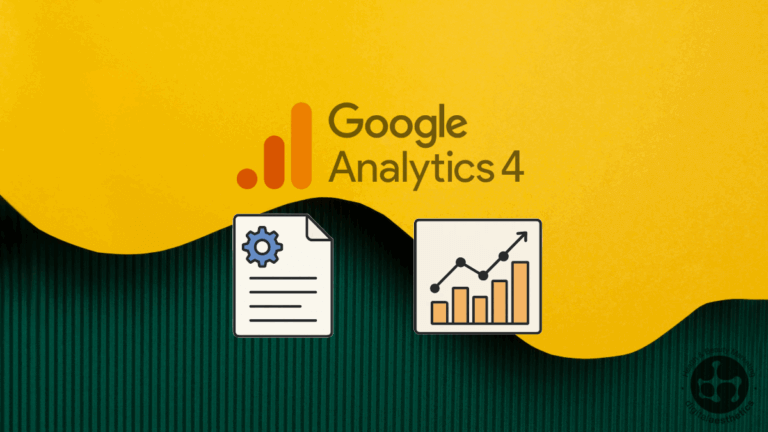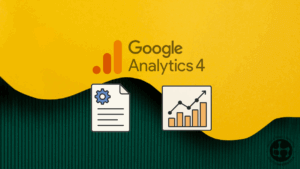Many healthcare businesses struggling with resources are having difficulty deciding which social media networks to prioritise over others. Targeting the right networks can make a difference in income. An important choice to make then. This is why we put together a guide to help you understand the benefits of each platform and choose.
The Target Market
Healthcare is a very general and broad subject that affects all people. So it is particularly harder for a clinic to make the right choice. Understanding the demographics of your audience will have to start by recording them and aggregating them to better understand where you should be focusing attention.
One way to go about things is to look at the usual suspects, aka the most popular social networks. However, that is not a guaranteed strategy with some smaller and more specialised networks offering more opportunities for promotion and results. In August 2020, these were the demographics across the 3 most popular social media platforms, Facebook, Twitter, and Instagram:
Staying up-to-date with statistics such as these will ensure you’re using the right channels to target potential customers. In addition, following accounts who are clued up on what’s happening in the general world of social media is always healthy for your business and will help you drive your strategy in the right direction.
What to share, where
Let’s take a look at the notable points for some of the most popular social media channels out there:
- Fast-growing user base: Instagram is now the second most important social media channel for marketers, having overtaken Twitter LinkedIn.
- All about the visuals: including photos, videos, and Instagram Stories – the latter is the most popular type of content on Instagram.
- All the tools you need: Instagram has a variety of photo editing (and display) tools built into the platform, allowing for great visual branding opportunities, especially for B2C brands.
- Spread the word: Great for businesses who rely on reviews to generate interest. Popular for content curation and link sharing.
- Elaborate: allows for longer-form posts (unlike Twitter which limits you to 280 characters, for example).
- Create relationships: Facebook Live allows you to share announcements in real time – a great tool for building a closer rapport with your users and with potential influencers.
- Great targeting tools: Facebook offers the best targeting options in online advertising. It’s also highly compatible with Google Ads.
Youtube
- Spread the word: Youtube is one of the most popular social networks often overlooked. It has the highest usage rates and attracts more time spent and repeat usage daily than others.
- Elaborate: Perfect for video content that is promotional, educational, or instructional.
- Create relationships: Youtube allows for community building through its profile pages but also gives you the opportunity to stream live.
- Great targeting tools: Google Ads contains tools that can be used to perform advertising campaigns on Youtube.
- Excellent B2B platform: LinkedIn has consistently been the go-to B2B platform since its inception in 2002. Its users are business-minded.
- Reach the VIPs: such as those high up the food chain and decision-makers in a business.
- Learn about your industry: LinkedIn is a fountain of knowledge when it comes to more in-depth advice and articles about industry news.
TikTok
- The Young Ones: TikTok is establishing itself as a social media platform by being extremely popular with younger audiences. And whilst people of all ages have been flocking to TikTok as of late, young people today, are the future customers of tomorrow. So it is worth exploring.
- Fast audience reaction: great for creative content, “behind the scenes” clips and educational material.
- Communicate complicated concepts easier: the mime-like nature of some videos enable you to convey a complicated message with a very simple script
- Spread the word: users are particularly engaged by link sharing and debate.
- Engaged users: 82% of people on Twitter actively engage with brands.
- Fast audience reaction: great for newsworthy articles, especially if you’re quick to the table with emerging stories and articles.
- Good organic reach: so you don’t have to depend purely on ads.
Managing your social media presence
Now that you’ve deduced which platforms you ought to be on, you’ll want to consider a content strategy that helps your social media efforts work to drive sales. Part of this is creating a content calendar and using a scheduling tool such as Hootsuite, Sprout, or Later to plan your content in advance and in conjunction with notable dates and events that are relevant to your business.
Here at Digital Aesthetics, we’ve helped brands develop their content strategies to get ahead of their competitors – planning in advance is absolutely key to success. The moral of the story is…..There is no single correct answer to the question ‘how many social media networks should my business be on?’ as this depends on several factors including:
- Which industry you’re in.
- The type of audience you’re catering for.
- Whether you’re trying to reach a new demographic you haven’t done in the past.
- Whether you’re product or service-based.
- If you’re planning on managing your social media strategy yourself, whether you have sufficient time to conduct continuous research to get the best out of your online presence.
In the case of the latter point, if you’re looking to focus your time on the areas of your business you know best, why not consider having an expert team take the strain off your hands? Here at Social Media, our team have experience working on campaigns of all sizes and across all the major social media channels. Contact us today to find out more.










